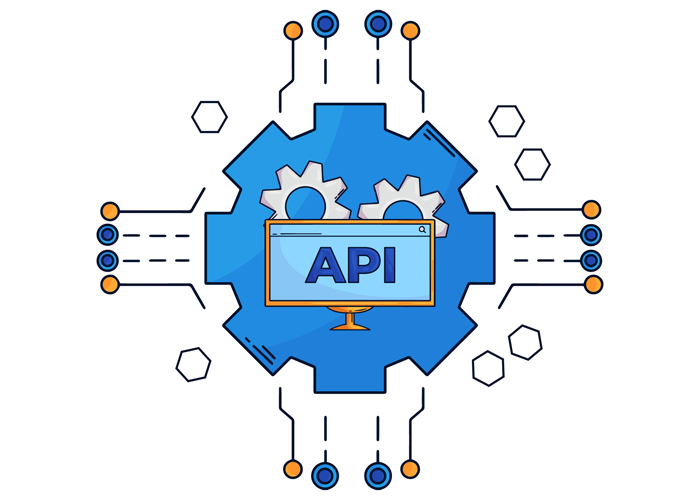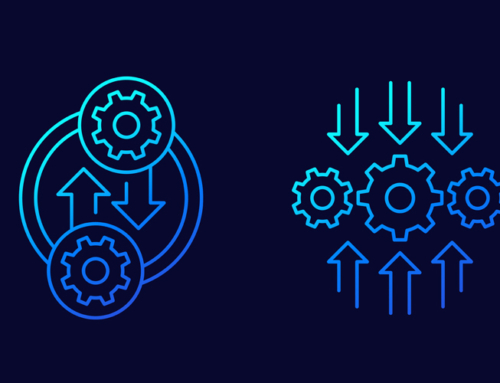There are many approaches to API security, but API rate limiting is arguably one of the most essential.
API rate limiting sets a limit to the number of calls, types of data transferred, or the volume of data transferred by the users and bots that interact with your APIs. These rate limits protect both your security and your API’s usability.
In this article, we’ll cover why API rate limiting is vital for both security and development.
What is API Rate Limiting
API rate limiting is, essentially, a way of limiting the amount of traffic a user can send to an API within the acceptable limits of that particular API. API rate limiting also applies to bots, applications, and any other piece of software that would issue calls to an API.
Without API rate limiting, anyone, or anything, could make an infinite number of calls to an API. This would disrupt the service provided by that API and create serious security risks for applications. In this way, we can see that API rate limits function both as a core aspect of API security and as a necessary part of quality control.
Setting an API rate limit does not have to interfere with projected growth and new traffic. API rate limits are often set well above what even high-volume users are able to legitimately request. Rate limits can come in the form of limiting the number of calls per second or by limiting the amount of data transferred in each call.
API rate limiting is an excellent example of the shift left in web application security. It functions both as a security step and a key part of quality assurance.
Why Rate Limiting is Vital for API Security and Usability
API rate limiting happens on both the user-side and the server-side of an application. This rate limiting is designed to do more than just protect your security. Setting rate limits can help you improve everything from user experience to financial viability.
Let’s take a look at a few reasons why API rate limits are vital to an application’s success.
Resource and Cost Controls
We’re starting off with one of the most important aspects of API rate limiting. Each time a user or a bot makes a call to your APIs, it uses resources on your end. These resources represent both financial costs as well as opportunity costs.
The financial costs are direct and easy to understand. Too many calls can drive up your data costs and attackers can easily exploit this to create undue financial trouble for your business.
Opportunity costs are harder to define, but arguably more important. If your APIs or web app is clogged with illegitimate calls, legitimate users will not be able to use your service as easily. This will drive them to the competition and lower the overall viability of your products.
Denial of Service
API rate limiting is often talked about in the context of API security. While this is very important, we shouldn’t overlook the ways in which rate limiting protects your APIs and web applications from “friendly fire.”
Rate limiting prevents more than just malicious DDoS attacks. There are DoS attacks that can be caused by “friendly” or unintentional software configurations. Setting a rate limit stops a third-party app from accidentally executing a DoS attack on your APIs.
Managing Data Flows and Users
Rate limiting is a veritable tool. It can accomplish many different positive outcomes with a single approach to API security.
An API with a complex set of data or a lot of daily calls will have much higher demands on its data streams than others. API rate limiting can control how many calls a user can make in a row and then distribute those calls over time. This allows high-volume users to be processed in a reasonable time window while also making sure low-volume users do not sit idle for great lengths of time.
How Rate Limiting Improves API Security
We’ve touched on a few security topics, but rate limiting is so important for API security that we should talk about it in greater detail.
The core security benefit from API rate limiting comes from preventing DDoS attacks. These are attacks wherein hackers use distributed networks of bots, often organized through malware, to issue an overload of illegitimate calls to your APIs. This crashes the system and prevents legitimate users from engaging with the web apps that use your APIs.
There are also security benefits that are harder to spot. Preventing friendly-fire DoS attacks, ensuring data integrity, and improving data flow all have their own place in a properly structured API security framework.
After all, a robber would likely pass up a house that looks well maintained in favor of a target that looks easier. An API with high quality controls is a safe API.
How to Implement API Rate Limiting
Implementing API rate limiting starts with understanding your APIs and the web applications that use those APIs. Every API is going to have a unique character for its security needs and threat modeling. There are some basic approaches that you can bring to your dev and security teams for quick implementation.
API Throttling
This is the strongest and most popular type of API rate limiting. It also has a powerful impact as an API security tool.
API throttling regulates the amount of data requested from an API. If a user exceeds the boundaries of preset API call limits, they are locked out of making new calls for a given time period. Any attempts to make new calls in this time period typically extends the duration of their throttling.
API throttling can respond to the frequency of calls, the types of data being transmitted, or the volume of said data. The flexibility of how throttling is implemented is part of the reason it is so popular.
API Queues
API queues are another approach to rate limiting and API security. These work by limiting the number of calls a user can make in a given time period before they have to “get back in line” to make new calls.
API queues help with the data flow we mentioned earlier. This allows high volume users to get processed without leaving average users stuck waiting for their turn.
Algorithm-based API Rate Limiting
Algorithms are powerful tools for implementing automated API rate limits. They can respond to a variety of factors and create limits based on predetermined values.
These can be used to time-stamp user logins in order to evenly process API calls, create automatic cut-offs based on the number of calls in a given time window, or even automatically sort calls on a first in, first out basis.
Wrapping Up API Rate Limiting
API rate limiting is an essential tool for both API security and for usability. Setting rate limits protects not only your APIs, but also the web applications and users that interact with it. The right rate limit can even make your APIs more efficient and more cost-effective.





